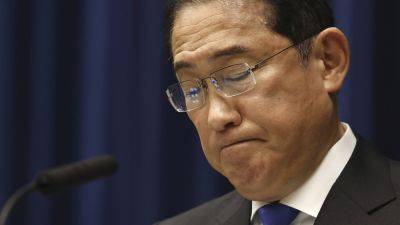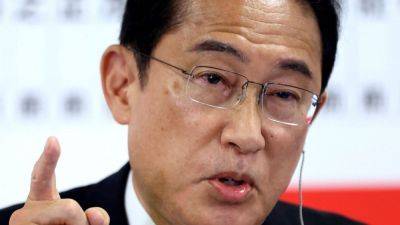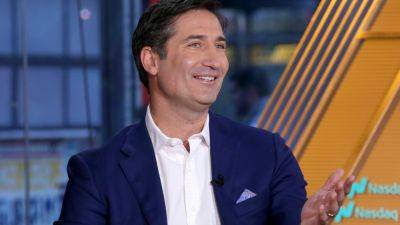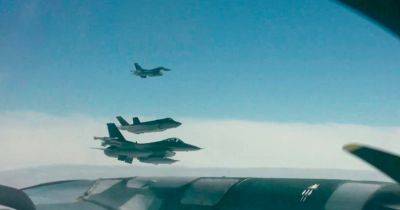Why NASA astronauts are waiting to return on Boeing's Starliner
Log entry: Day 71.
Butch Wilmore and Suni Williams are waiting. Boeing is waiting. And throughout the halls of NASA, leaders and engineers are gathering, analyzing and deliberating.
Boeing's Starliner capsule "Calypso" has been at the International Space Station since early June, on a mission that's been extended indefinitely as the company and NASA try to identify why multiple of the spacecraft's thrusters failed during docking.
Those thrusters, part of the spacecraft's propulsion system, are key to Starliner's return from the ISS. But NASA remains uncertain of whether the capsule is safe to return with the two astronauts on board.
"Our big concern is having a successful deorbit burn — making sure that the [propulsion] system works just the way it needs to all the way through the deorbit burn. That's why we're looking so closely at the thruster jets and even thinking about how the larger thrusters work," NASA Associate Administrator Ken Bowersox told reporters during a press conference on Wednesday.
NASA has already adjusted the schedule for the next SpaceX launch of astronauts headed for the ISS, but it needs to make a decision soon on returning Starliner crewed or empty — or otherwise further delay its current plans. If Starliner comes back empty, SpaceX would serve as the rescue option for returning Wilmore and Williams.
Bowersox said a final round of data analysis is expected to be complete by Aug. 23, which would lead to NASA conducting a Flight Readiness Review, the deciding moment for how Starliner returns.
Boeing has made its case to NASA for why the company is confident that Starliner is safe, going so far as to make public appeals about the amount of thruster testing that's been done. But the final decision that's







